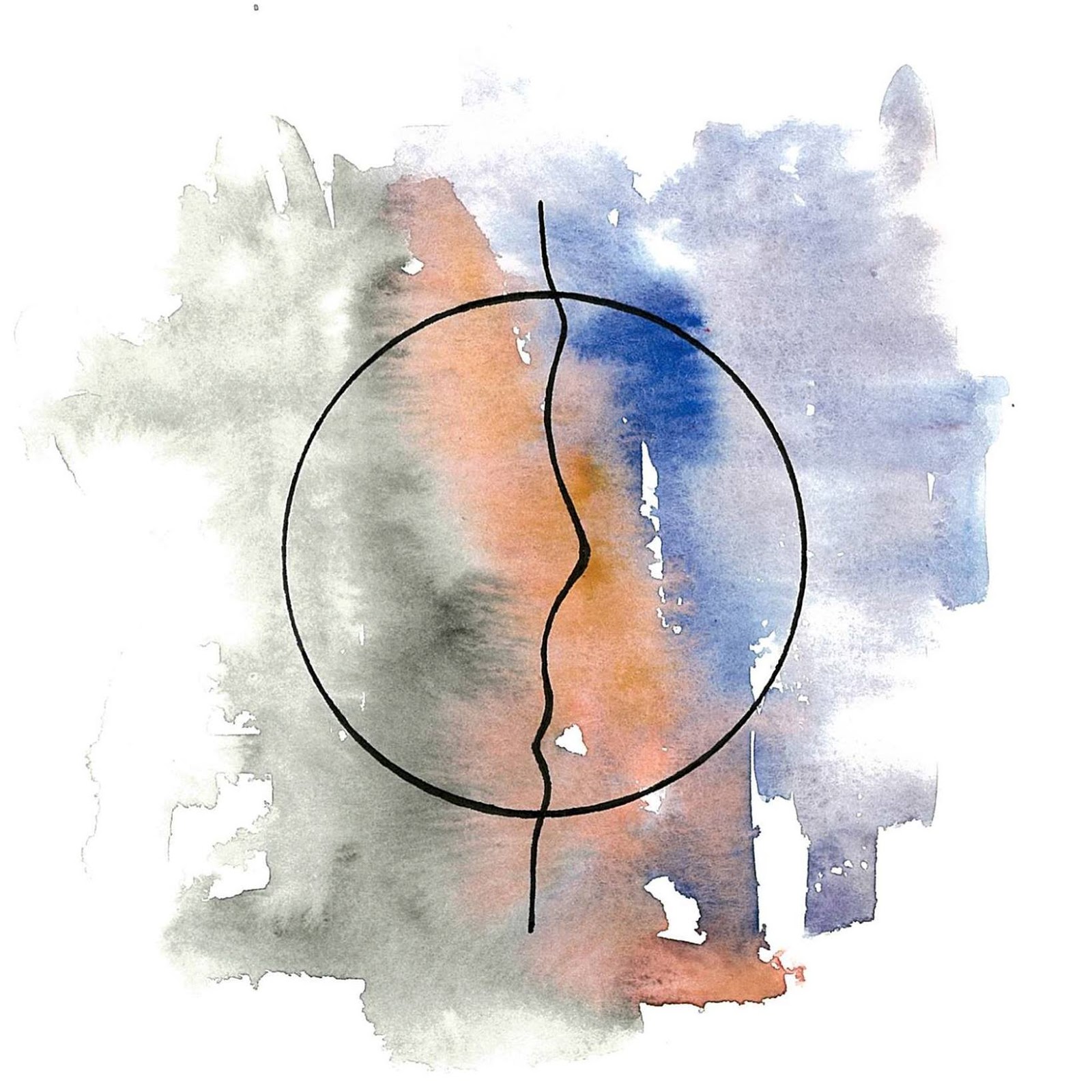Casey Dubie's 'Into The Moon' Shows The Rawness Of Love

“No matter what I do, I can’t make you happy,” sings Casey Dubie at the opening of her debut record, Into the Moon. Her voice, soft, is at first accompanied only by simple instrumentals. New sounds—a glittering chime, for instance—enter swiftly as the song progresses, and when she sings,“In the hazy glow silver lining,” a drum beat comes in. At every moment in the song comes something new, smoothly, like instruments counting off before jumping rope.
A product of origin and experience, Into the Moon is haunting in its rawness. There’s a sense of immense
love and loyalty and yet longing: Through the seven-track record, we find the
speaker grappling with all of these different sides of (presumably) different
relationships. Dubie leads the listener through these moments, moving them
through failed past relationships and the general pain of it all and too into moments
of pure love. But they aren’t love songs in the traditional sense. Dubie
doesn’t cry out of lovesickness; rather, she states bluntly the way she feels
about these different situations, and she doesn’t try to sugarcoat the intensity
of any of it.
“I’d definitely say growing up [in Vermont] influenced my
writing,” she tells Suburban Rose. “Lyrically, I tend to write with a lot of
images/metaphors and sonically I’ve recently branched out from my rural/simple
roots and added a lot more textures and layers.”
These metaphors elevate the feelings that Dubie tries to
convey. “Confetti,” the first single off the record, likens memories to
confetti. This evokes a certain bittersweetness: though confetti typically regards
a celebratory affair, Dubie uses it as a way to show the fleeting way that good
moments last.
Piece by piece each with a history / Hovering for a moment till they all come falling down, down, down.
The moments are positively remembered, and though they were
good to live through, they were ultimately broken by some form of heartbreak,
and they are now scattered and forgotten in the way confetti is.
Noteworthy is the penultimate track, a cover of Carole
King’s “It’s Too Late.” It is by no means the strongest track on the record, if
only because it isn’t original music; still, it’s noteworthy because of how
fully Dubie has transformed it into her own. It sounds—and I promise this is in
a good way—almost like elevator music, like the kind of song you’d listen to in
a super obscure jazz lounge. Her voice rises sweetly over the smooth slowness
of the bass and the subtle horns.
The production on the record is phenomenal, too. Says Dubie:
My producer, Micah, is incredibly creative and thoughtful. A lot of the sounds you hear on the record we made in the studio, rather than using samples. One of my favorite examples of this was in “Into the Moon”; the percussion at the end of the song is largely driven by a low, ambient beat—we mic’d the piano pedal going up and down and used that!
“Into the Moon” closes the record and features these spacey
satellite-esque sounds. They blip in and out of the track, and the echoing
backing vocals distort it further. “Say goodbye and I will follow you into the
moon,” she sings. It feels weightless, dizzied. (There’s also a really lovely music video for it that feels similarly.) The simplicity of the lyrics themselves paired
with these experimental sounds makes for an incredibly unique, three-dimensional
track that rounds the record out really nicely.
There can be found in Dubie’s songs a certain hope despite
the melancholy. It is self-reflective; I don’t want to assume that everything
written is in Dubie’s perspective, but it’s great that she is not afraid to lay
out the speaker’s own faults and flaws, especially as they relate to the potential
failures noted in the context of each track.
This authenticity and the cleanness of the production is
too, I think, represented by the cover art for the record and the individual
singles, all of which are simply made:
My husband, Corin, did all the covers (he also played horn on a lot of the tracks). We wanted to use this image of the moon and have them all fit together and tell a story as well as visually reflect each song. “Confetti” is probably the most obvious because of the splatter pain of color. “Into the Moon” displays the somber, dark harvest moon (consistent with the moodiness of the track). “It’s Too Late” shows a moon sinking beneath the waves. And finally the cover flips that same line so now you can see the wave line was actually a profile of a face.
 |
| "Confetti" |
 |
| "Into the Moon" |
 |
| "It's Too Late" |
I don’t know for sure whether each track is an isolated
event or if everything is interconnected. At this point, it doesn’t even
matter. In a way, the means by which we move through space and through the
different times of our own lives suggests that everything is interconnected,
somehow; and so even if there is an overlap, each song on Into the Moon holds its own and defines particular unrelated
moments.





Comments
Post a Comment